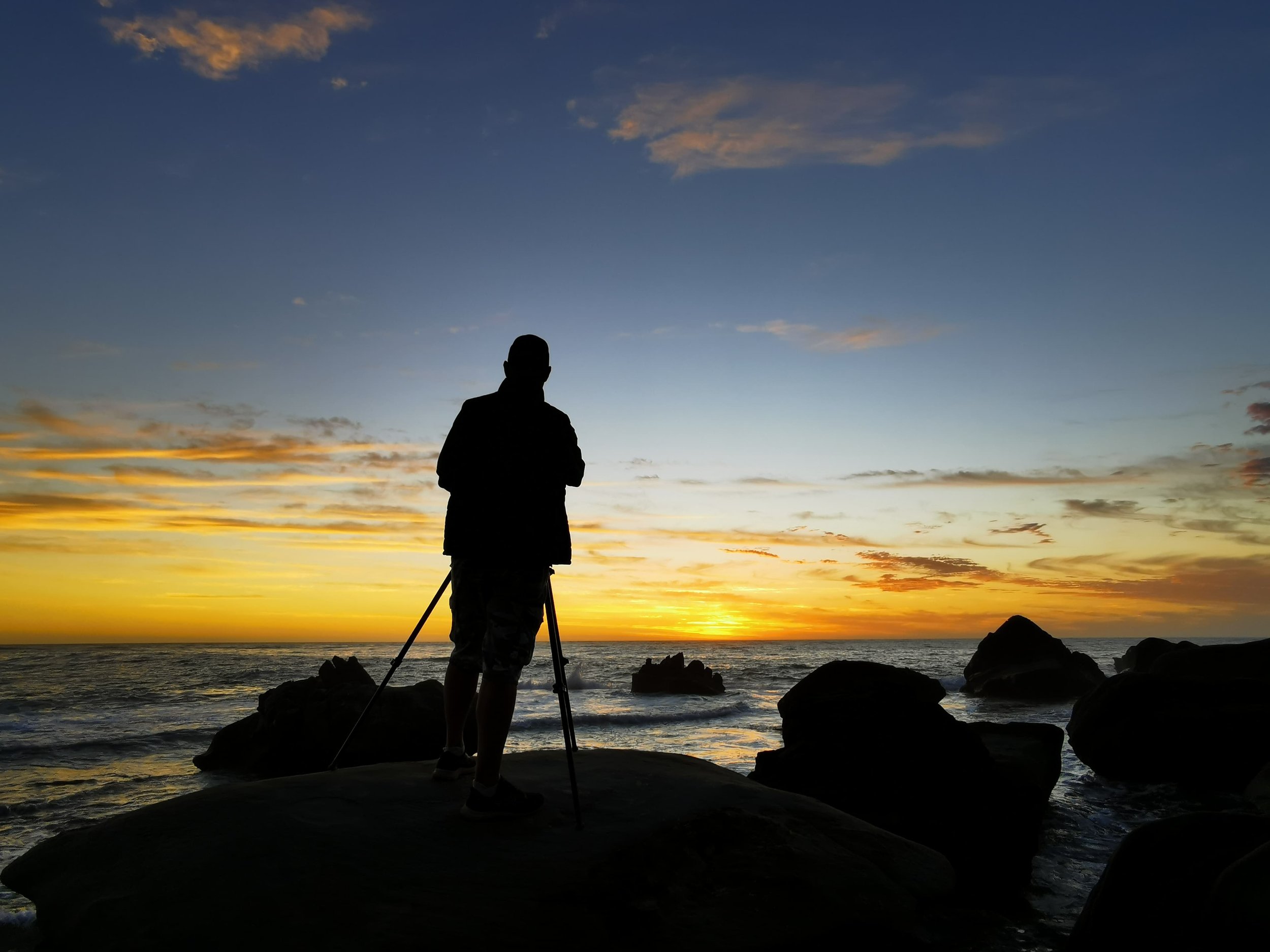Blue Hour Photography Tips: The Entrance, Central Coast NSW
By Jeff Walsh – Photographer, Educator, Adventurer.
Why Waking Up Early Is One of a Central Coast Photographer’s Greatest Superpowers
There’s something truly magical about the world before sunrise. While most people on the Central Coast are still tucked under the doona, I’m often out chasing that soft glow we call blue hour and honestly, it’s one of my favourite times to shoot.
The colours are richer, the seascape is calm, and iconic spots like The Entrance Channel and Tuggerah Lakes feel like they’re holding their breath, waiting for the day to begin.
Early mornings are where the real magic happens for Central Coast landscape and seascape photographers, and if you’re willing to trade a sleep-in for a spectacular shot near Shelly Beach or the Entrance Ocean Baths… you’re already ahead of the crowd. Let me share my top five tips to help you make the most of this stunning pre-dawn window for your Central Coast photography.
1. Arrive Early & Embrace the Quiet at The Entrance
Blue hour doesn’t last long. Blink and you’ll miss the best light. I always arrive at least 20-30 minutes before blue hour begins so I can scout, breathe in the quiet, and settle into the scene, especially at popular The Entrance spots like the Pelican feeding area or the Channel bridge.
The advantage for photographers on the Central Coast?
No crowds (a major bonus at busy Entrance locations)
Easier tripod setup on the sand or rock shelves
A calm environment to think creatively
A sense of connection with the Central Coast landscape that’s impossible later in the day
Those first moments often spark the strongest compositions for your Tuggerah Lakes photography. I use an app called PhotoPills to help with timing of Blue Hour and sunrise. Check it out if you struggle with planning your Central Coast sunrise shoot.
2. Look for Soft Colour Transitions & Reflections at the Channel 🎨
Blue hour is defined by soft gradients of colour.Deep blues melting into purples, a hint of pink on the horizon, and subtle highlights on water or clouds. This is especially true at The Entrance Channel where the still water offers incredible potential. I have personally enjoyed this scape since moving here.
Here’s what this now Central Coast photographer looks for:
Reflections on still water near the channel or on the Ocean Baths
Cloud texture, especially high cloud that catches early light over the Pacific Ocean
Leading lines like Long Jetty, boardwalks, or surrounding rock shelves
Foreground interest like shells or wet sand that adds depth to the softness
This gentle light allows you to slow down and craft a moody, peaceful, and soulful Central Coast seascape.
3. Use Longer Exposures for Moody Seascape Photography
Blue hour is perfect for long-exposure photography because the light is low but not pitch-black. This technique works perfectly to turn the water around The Entrance Bridge into a silky expanse.
Try experimenting with:
Slow shutter speeds for silky water effects
Slightly longer exposures to capture subtle cloud movement
High-quality tripod setup (non-negotiable for stability on the coast!)
This is also where your creativity opens up for blue hour photography. The world moves slowly at this hour… let your shutter match that pace and enjoy the pause in time for a moment.
4. Transition Smoothly Using NiSi Filters as the Light Rises
As the sky starts to brighten and blue hour blends into early daylight, the dynamic range jumps quickly. This is where my NiSi filter kit becomes essential for maintaining detail across the bright sky and darker Central Coast foregrounds.
Here’s the flow I generally follow:
Early blue hour: usually no filters, or a medium GND (Graduated Neutral Density) if there’s a strong horizon glow over the ocean
As first light hits: a polariser becomes your hero for reflections and colour saturation in the water
As daylight strengthens: consider an ND filter (Neutral Density) for longer exposures even in brighter conditions
The key is anticipation. Switch your filters as the light shifts, not after you’ve already lost the moment. Staying ahead of the light is key for successful sunrise photography.
5. Compose With Purpose & Stay Ready for the First Light Explosion
Blue hour is calm… but sunrise is explosive. Once that first beam hits the horizon, everything changes fast, especially on a dramatic Coastal morning.
Stay ready by:
Locking in a strong composition of The Entrance Channel, Ocean Baths or rock shelf before the sun arrives
Doing test shots during blue hour to perfect exposure and focus
Keeping a second location in mind (e.g., a move from the Channel to the beach) in case the colour shifts
Watching the sky for where light might break first
Blue hour sets the scene, but the Central Coast sunrise tells the story.
Why Shooting Blue Hour at The Entrance is Worth Every Early Alarm
There’s a unique satisfaction that comes from being awake before the world. You feel like you’ve discovered something secret- a special moment only Central Coast photographers truly appreciate. The colours, the silence near Tuggerah Lake, the sense of space… it all fuels your seascape photography creativity in a way few other moments can.
And best of all? You finish shooting with spectacular Central Coast photos while everyone else is just waking up. The day feels longer, richer, and more purposeful.
Ready to Master Your Central Coast Photography at The Entrance?
If you want to master blue hour, Central Coast sunrise techniques, and how to use NiSi filters with confidence, I’d love to teach you in person! My Focus & Frame Beginner Workshops are the perfect way to build real, hands-on photography experience at Scapes of Art Gallery, The Entrance, NSW.
👉 Have you shot blue hour before? Drop a comment and tell me your favourite Central Coast photography location! Or if you're keen to learn more, check out my workshops and come join the Central Coast photography adventure.




